Frank Brines
Rose Care FUNdamentals – April 2024

Frank Brines
ARS Master Rosarian
By Frank Brines, ARS Master Rosarian
March has greeted us with an abundance of fresh new foliage and hopes for beautiful blooms to come. Maybe that’s got you wondering: “How can I get better results this year?” Has doing the same thing year after year lived up to your expectations of good roses?
Gardening is a partnership between you and your plants: How about letting your garden (and your roses) “speak” to you? Take a daily walk around your garden and get to know all that lives there. For example, take careful note of what’s typical of each variety of rose in your garden. Is the foliage of one variety usually shinier than others? Maybe more purple when young, or more green? How about the number, size, and length of stems and buds? Do some varieties seem to need more frequent watering than others?
This awareness will help you notice earlier when something is going wrong. For example, you’ll be better able to recognize when a given variety’s foliage is starting to look dull (low water?) or has a white cast (mildew?) or orange spots on the underside of the leaves (rust?). You’ll notice insect damage sooner too, such as the yellow or bronze color and distorted or stunted growth caused by chilli thrips, the webs and “graininess” from spider mites, or the holes in petals nibbled by hoplia beetles.
Have a plan for what to do when you begin to notice the signs of stress, insect damage, or fungal disease. One approach that has become very popular over the past few decades is called “Integrated Pest Management” (IPM). It “integrates” mechanical, biological, and chemical controls to take an environmentally gentler approach for safe and successful gardening.
Mechanical Control
Your first line of defense in IPM is also the simplest and cheapest (YAY!). For rose gardeners, these include:
- Early spring pruning that allows more ventilation through the center of the plant (reducing fungal infection).
- Stripping off diseased leaves regularly and picking dead leaves from the garden bed, and disposing them in the green waste bin.
- Applying a 3” to 4” layer of composted mulch or other to the entire bed to reduce evaporation, and keep the soil moisture and temperature more uniform (to avoid water stress and build robust root systems that strengthen the plant overall).
- Rinsing down foliage to wash away dust (and the fungal spores that adhere to it).
- Directing a strong spray of water to the undersides of foliage to blow away spider mites (usually lower branches), and aphids and thrips (usually ends of stems and buds). (Aphids are the first pest in spring, so check for them early and often: Females are born pregnant and reproduce quickly, so every time you spray them away, you prevent hundreds more!)
- Picking gray/black Hoplia beetles (most notable on light colored blooms) from between the petals light colored roses and drowning them in a cup of soapy water. (Keep score – it’s fun!)
- Watching for “lacy” leaves and manually squishing the tiny rose slugs on the undersides of the leaves.
Biological Control
Your next line of defense involves marshaling help from your friends in the garden. Birds and insects (such as lady bugs, praying mantises, minute pirate bugs, assassin bugs and fly larvae) all eat some garden pests:
- Attract more of them by growing a diverse range of annual plants.
- Add a water feature such as a birdbath.
- Buy and release lady bugs and/or praying mantises.
- Examine branches you prune off for praying mantis egg cases and setting them aside in a protected spot in the garden where they can mature without being trampled or tossed out.
Chemical Control
The last line of defense in IPM allows the use of pesticides – that is, anything that kills insects (insecticides), mites (miticides), or mildew and other fungi (“fungicides”). You must first identify and target just that pest. For personal safety and for minimal negative impact to pollinators and the environment, IPM advocates only the least toxic products – those labeled “Caution”. It’s always recommended that you spray in early morning or late in the day when there is no bee activity.
I know gardeners who use pesticides as their first and only defense. This is costly, time consuming, and can backfire by harming the good guys: the pollinators and other beneficials, along with other harmless insects. Not only does regular and exclusive use of powerful pesticides help your pest population develop genetic resistance to the chemicals, it kills off the other insects that would otherwise eat those pests! This is doubly bad because broad-spectrum insecticides don’t kill mites – so you can create an infestation of spider mites that will be delighted to have their insect predators eliminated! (For more on the problems associated with using only pesticides, see http://ipm.ucanr.edu/PMG/GARDEN/PLANTS/rose.html).
Gardeners who prefer to not spray often apply granular all-in-one products that combine fungicide, fertilizer, and a broad-spectrum pesticide. This is a double whammy. It kills ALL insects, including pollinators, and it likely kills off beneficial fungi in the roots and soil. In addition, you can’t use any parts of the rose for any edible product for fragrance, cooking, or tea.
Rose Garden Care This Month
Now let’s talk about how you can apply many of these techniques this month in your garden!
You might expect that more moisture automatically means more disease (especially fungal such as powdery mildew, downy mildew, and rust), but the lower temperatures and the cleansing action of the rain (washing off dust and spores) may be offsetting that. In the next weeks you may begin to see some powdery mildew and rust.
Under these wet conditions, pay closer attention to the drainage of your soil: Roses like plenty of water but they don’t respond well to soggy soil. If you see pools of water standing in your rose beds for a few hours after a downpour, you might do well to provide a temporary path for drainage using a hoe or shovel.
Like most of us, roses love food—preferably good quality food on a regular basis. Not all fertilizers include all the micro/macro nutrients needed, so read the label on the packaging. Alternating the major fertilizer with fish emulsion of “Better Than Fish” every 2 weeks will help provide some of the micro nutrients. As I always say, organics are much better for your soil and ultimately for your garden and the environment. I’m told that sprinkling 1/2 cup of Epsom Salt (Magnesium Sulfate) around large size plants, 1/4 cup for smaller plants, once in Spring and once in Fall can assist in getting new basal breaks (new canes from the bud union). I’ve done this many times but I’m not sure it works! However, recently I’ve read that Epsom Salt helps plants assimilate other minerals (fertilizers) in the soil, and assists in “greening” up vegetation.
For general health and aeration, the soil needs a supply of organic material such as humus incorporated into the depths. That isn’t easily accomplished in established gardens, but adding a 3” to 4” of a good composted mulch over the entire garden, leaving a 12” diameter circle open around base of each bush will go a long way to enriching your soil overall because over time earthworms help transport that mulch down into the soil where the microbiology is complex and multi-tiered. Adding a handful of worm castings now is a good idea for improving the soil biome.
A healthy garden soil system is teeming with beneficial microbes that inhibit, compete with, and consume disease-causing organisms. This creates a sustainable soil “immune system.” In fact, plants grown with organic fertilizers are themselves more resistant to pests and diseases. In addition, when you feed those beneficial organisms, they feed your roses. That’s because they are busy breaking down organic matter and releasing mineral nutrients slowly and reliably. I’ve recently learned that extra phosphate in the fertilizer that you use is most important in assisting in creating a soil environment that aids immensely in helping plants to be resistant to pest and diseases. Also helping plants to develop hardier root systems and larger blooms.
Many gardeners become discouraged when they first experiment with organic treatments while still using chemical fertilizers. It is difficult—in fact, almost impossible—to have it both ways. Chemical fertilizers negatively impact the soil food web by poisoning entire portions of it. The fact is, chemical fertilizers are salts! What gardener hasn’t seen what table salt does to a slug or snail? Salts absorb water and dehydrates the soil microbes which are the foundation of the soil nutrient system. Once you’ve used chemical fertilizers regularly you must keep adding more because the soil microbiology is weakened and unable to do its job of releasing naturally available nutrients to your plants.
Rains help to leach accumulated soil salts from the soil if there is sufficient drainage. Organic fertilizers and amendments (such as manure, compost, or mulch) break down slowly, generally staying where you put them, and don’t contribute to ground water pollution (as long as you prevent run off into drains). In addition, they improve the soil food web, so in the long run you end up using less product.
Chemical fertilizers are artificial growth stimulants and, in the long run, harm your soil and pollute local waterways because as dissolved salts they quickly leach through the soil (becoming unavailable to your plants) and enter the ground water. How about swearing off chemical fertilizers for the rest of the year and starting to use organics? Give it a year. See if your roses don’t reward you! Fish emulsion diluted in water is also a good amendment, applied either foliarly or onto the soil around each bush.
You may have had some blooms already. Prune off the spent blooms. Cut the cane back to a outward facing bud at a 3-5 leaflet leaf for new growth. Air circulation is important to help prevent fungi diseases. The small spurs growing inside the bush can easily be finger pruned to keep the center of the bush free of extraneous growth.
Giving the bush an early morning shower to rinse off the leaves may help to avoid powdery mildew. Do this early enough that the leaves will dry prior to hot sun. It is possible that with night time dew a disease called Botrytis can appear as discolored spots on the blooms, especially on blooms with 40 or more petals. Remove these as soon as disease is noticed. Even with great observations and preventive methods, fungi may become a problem and chemical treatment may be needed to keep disease at bay. Make sure to deep water. An extended slow watering is more beneficial than a frequently short application.
San Diego Rose Society is planning a rose show May 4, so please make an effort to attend to see, smell and learn about different varieties and find a new one for your garden! for more information go to: https://www.sandiegorosesociety.com/
For more ideas, visit TVRS’ Rose Haven garden at 30592 Jedediah Smith Rd., Temecula, as well as our web site at https://temeculavalleyrosesociety.org. Spread the joy of roses!
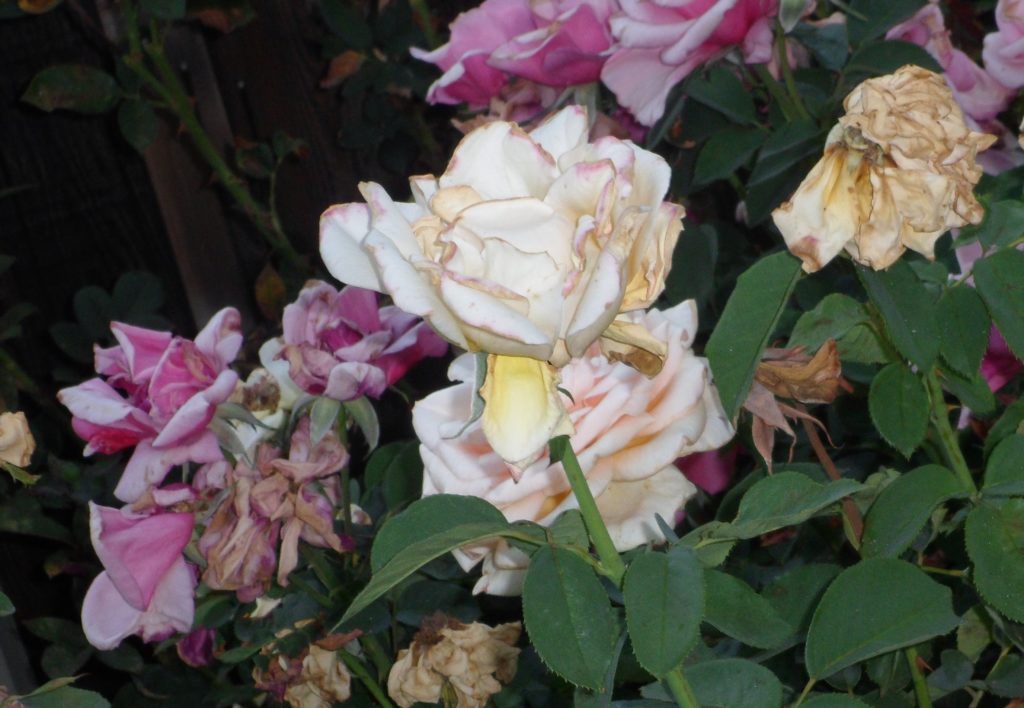
Roses with heat damaged blooms.
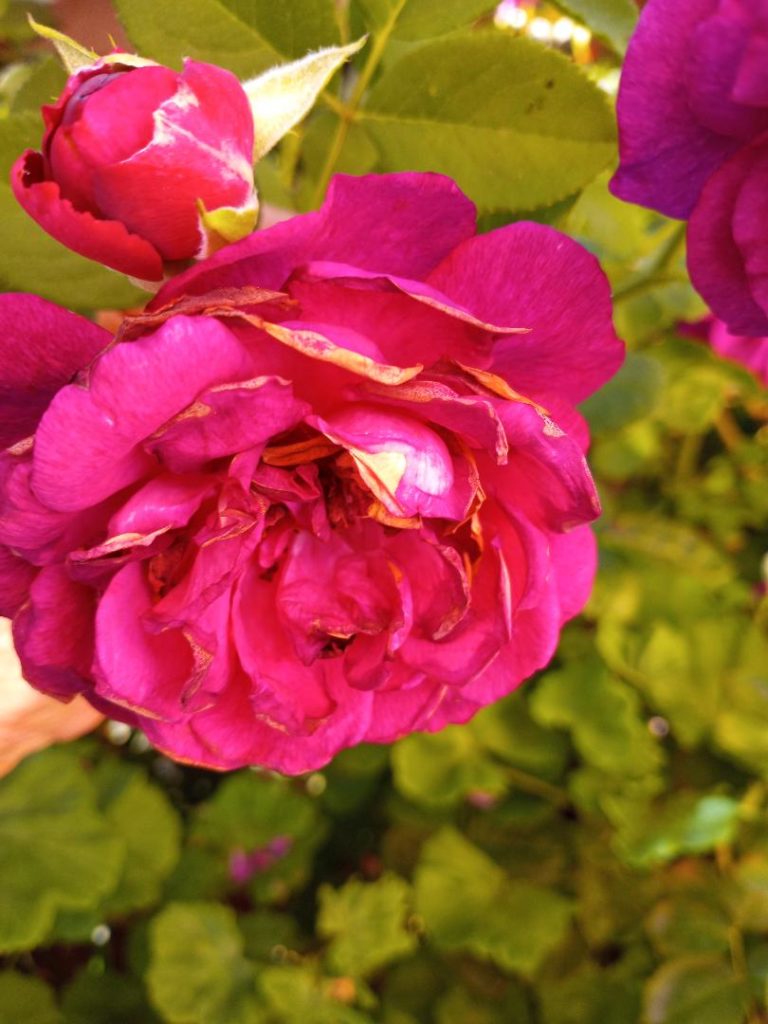
Now seems to be when the Saw Fly is active also. It is usually a minor character but can create havoc if left alone and becomes prolific. On new growth it can kill the new vegetation. It’s also called the “cane borer” because (not surprisingly) it bores into a cane and lays eggs. Here is one such hole in my own garden – this happened today! Note the sawdust on the cane!
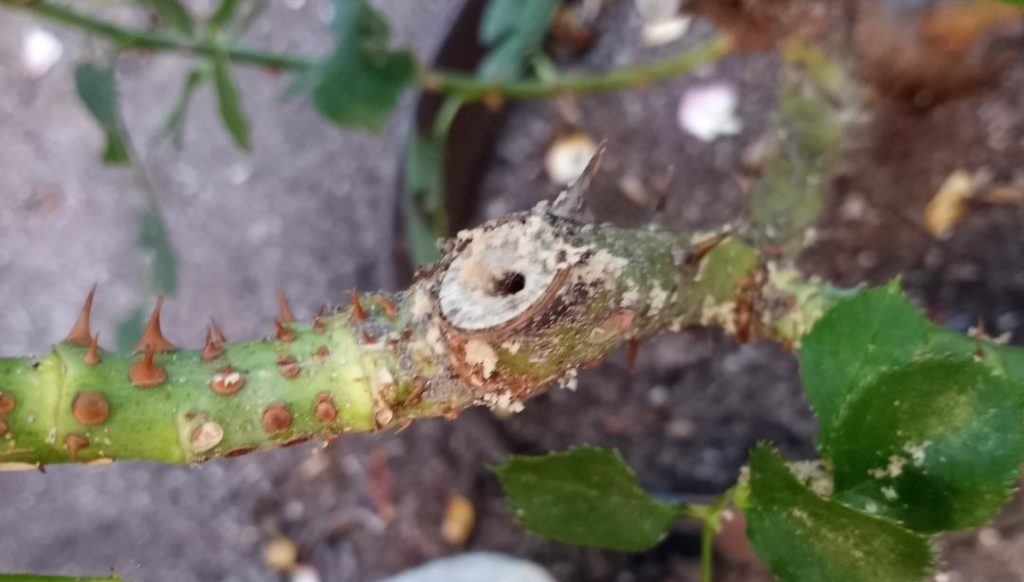
Image 3 – Cane Borer Hole
Chilli Thrips are a year-round pest but they love hot summer days best. They are 0.016 – 0.024 inch long, one fourth the size of the Western Flower Thrip. You’ll know Chilli Thrips are present only when new foliage and blooms are already damaged. Blooms will be deformed, discolored and outer petals will be darkened (Image 1). Buds will be distorted, darkened and may not open (Image 2). You’ll notice misshapen distorted new foliage and bronzing on back of new leaves (Image 3).
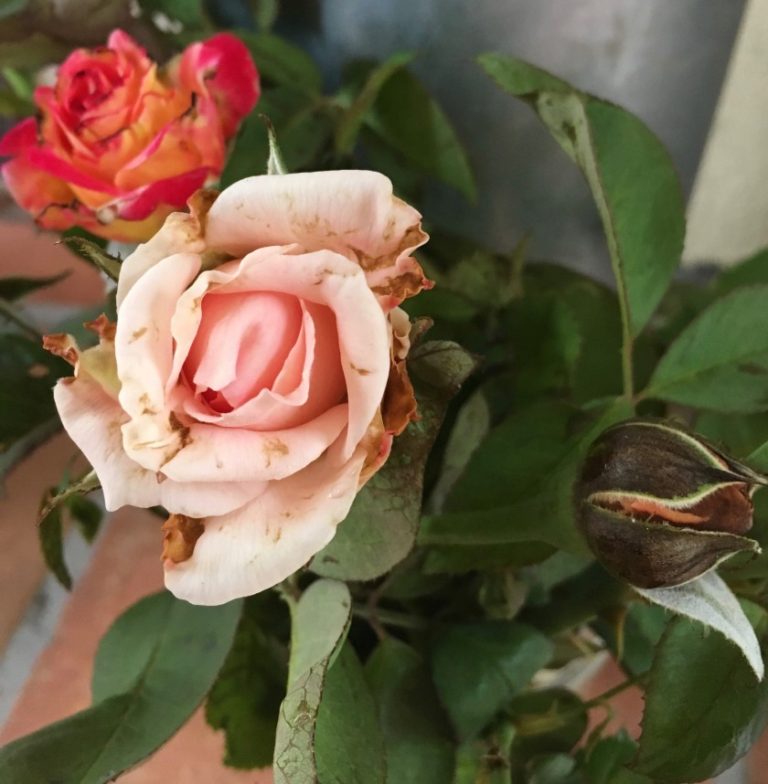
Image 4 – Deformed Rose Blooms due to Chilli Thrips
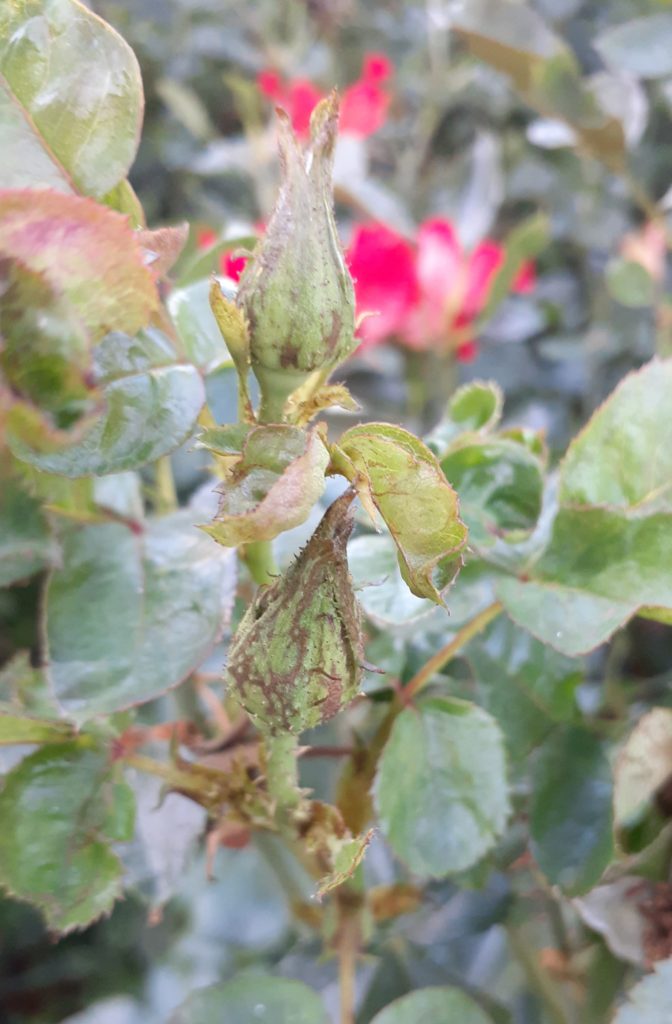
Image 5 – Deformed Rose Buds due to Chilli Thrips
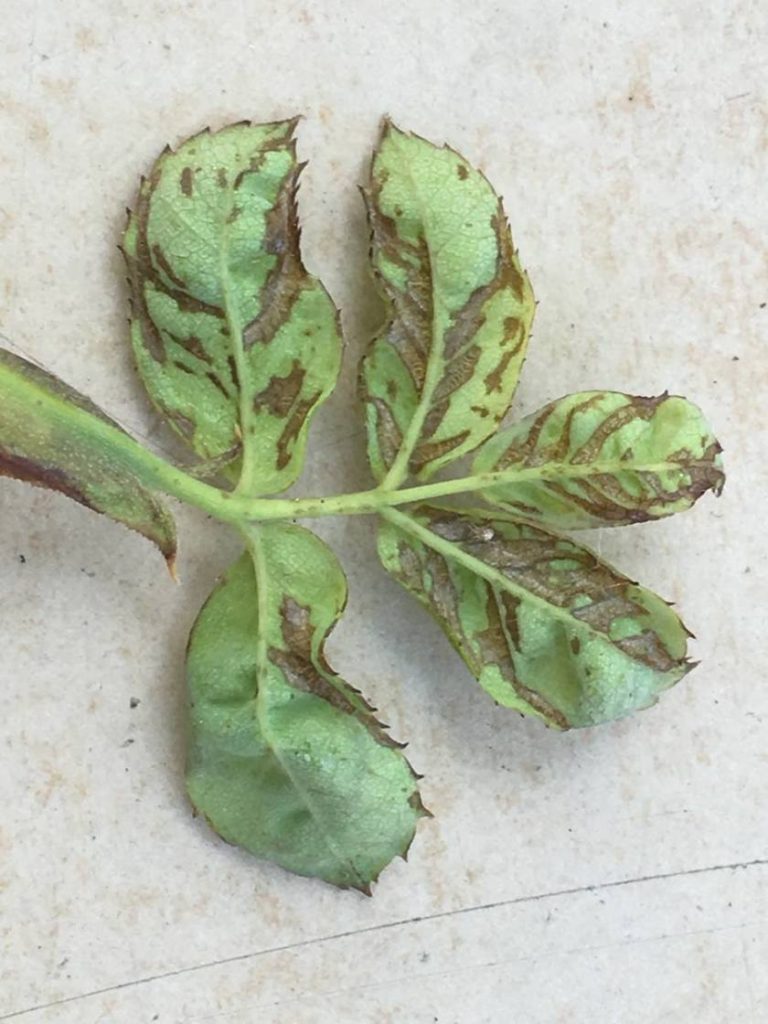
Image 5 – Deformed Rose Buds due to Chilli Thrips
Chilli Thrips love ALL new foliage and bloom colors, unlike Western Flower Thrips who prefer light colors. It’s astounding the amount of damage they can do in a very short time. Control is easiest in the earliest stages since a severe infestation can rapidly defoliate a rose bush AND your other plants too. During hot weather the life cycle for Chilli Thrips is 11 days. Part of that time is spent in soil or debris under the plants. The larvae stage molt into a pupal stage and usually enter the soil or debris to eventually emerge as adults. Only the larvae and adults are feeding stages. Adults are dispersed by wind over long distances.
Integrated pest management stresses the importance of cultural, mechanical and biological controls before resorting to the least toxic chemical control. Since Chilli Thrips have a short life cycle (11 days) you must detect damage and implement a method of control immediately. Cut out damaged buds, blooms and leaves; remove all fallen leaves and petals from garden. A natural hero in the fight is the minute pirate bug which feast on all stages of this pest, as well as on spider mites, insect eggs, aphids, and small caterpillars. You can actually buy them on the internet!
If chemical control becomes needed choose the least toxic spray and follow label directions. During infestation all new growth will need to be sprayed weekly. Conserve or Captain Jack’s Deadbug Brew concentrate are two organic sprays with active ingredient Spinosad. Spinosad will not harm ladybugs, green lacewings, pirate bugs or predatory mites. Spray early in morning or in evening after bees are less likely to be active and before temperatures reach the 80*s.
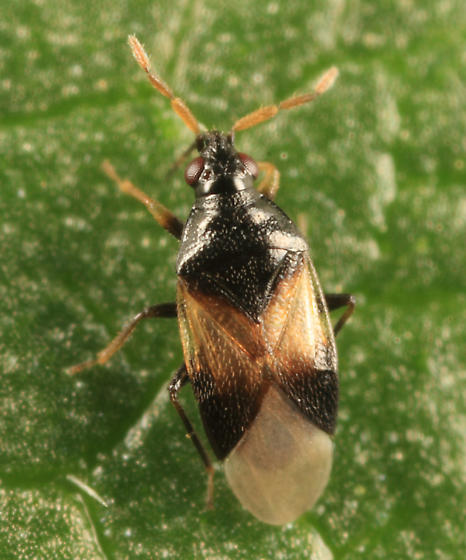
Pirate Bug
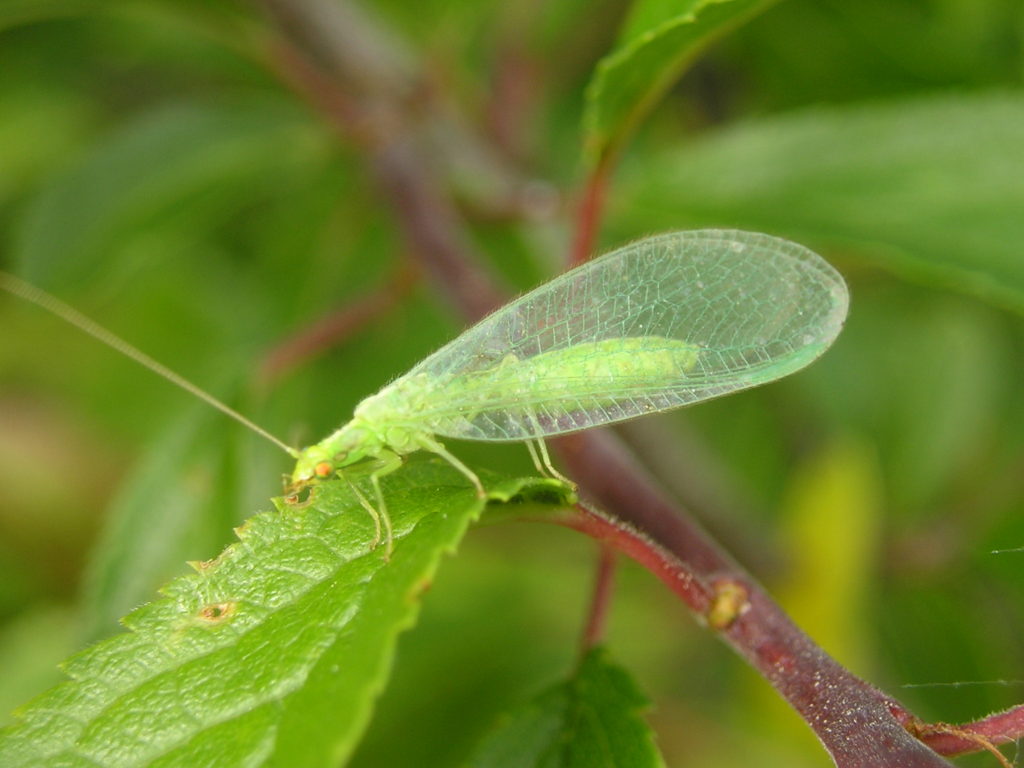
Lacewing
During you daily tour of your garden look for any changes. Examine the lower leaves. If they appear yellow or brown, have fine webbing and/or look dirty, there may be an infestation of spider mites. Some areas have experienced a real problem with spider mites this year. They thrive in hot weather. They’re generally found on the undersides of those leaves. A quick check can be made by lightly running your fingers across the underside of the leaf. If it has a small grainy feel it most likely is the spider mite. A strong spray of water from below followed by an overhead shower should take care of the problem or, at least, hold it in check. Give the shower early in the day so the plant has time to dry before the sun becomes hot. Do this every 3 days for 10-14 days, inspecting regularly. It may be necessary to repeat after a few days if the infestation is heavy. Captain Jack’s Deadbug Brew is good product to use in this case. Removing the bottom leaves approximately 8” from soil level can help in reducing or eliminating the spider mite problem. This should be done earlier, prior to an infestation.
The world is dangerous enough for plants, but we gardeners are also faced with risks. One is a dangerous fungus with the scientific name Sporothrix schenckii. It afflicts humans with the fungus infection sporotrichosis which is often referred to as the Rose Thorn (or Rose Gardener’s) Disease. The fungus resides on hay, sphagnum moss, the tips of rose thorns and in soil. It can cause infection, redness, swelling and open ulcers at the puncture site. The fungus can also spread to the lymphatic system and move on to the joints and bones where it ends up attacking the central nervous system and lungs when the thorn or thorns are deeply embedded. A relatively uncommon condition, diagnosis can be complicated. Physicians often mistake it as Staph or Strep infection. Be sure to inform your physician that you are a gardener so appropriate diagnosis and treatment are rendered.